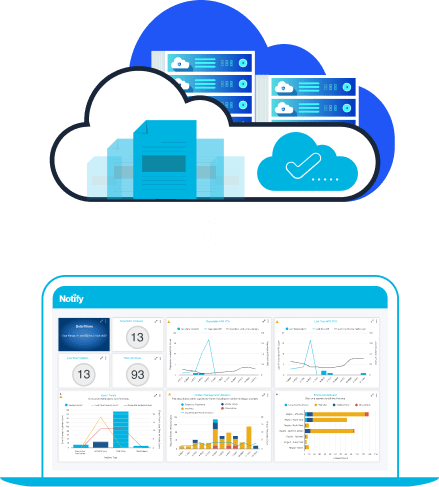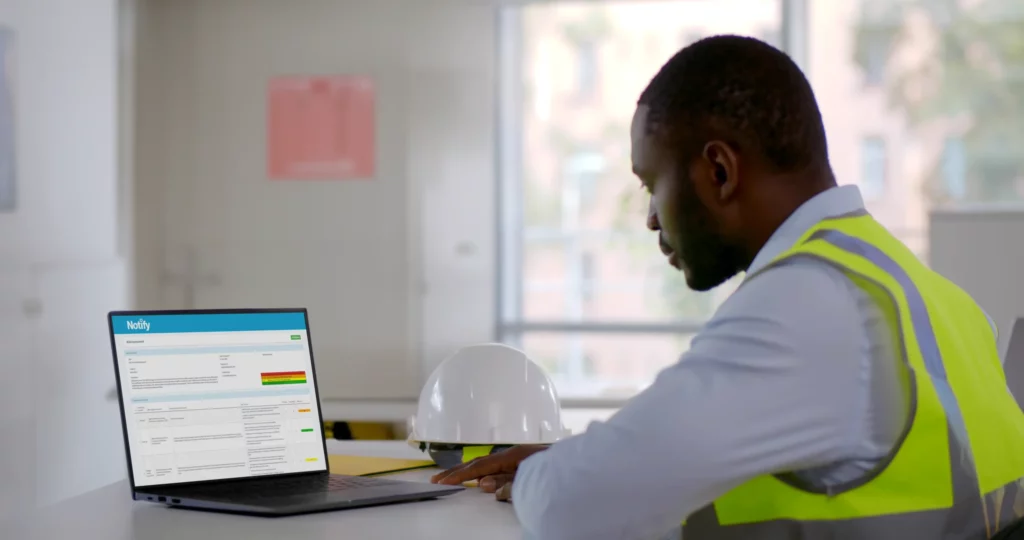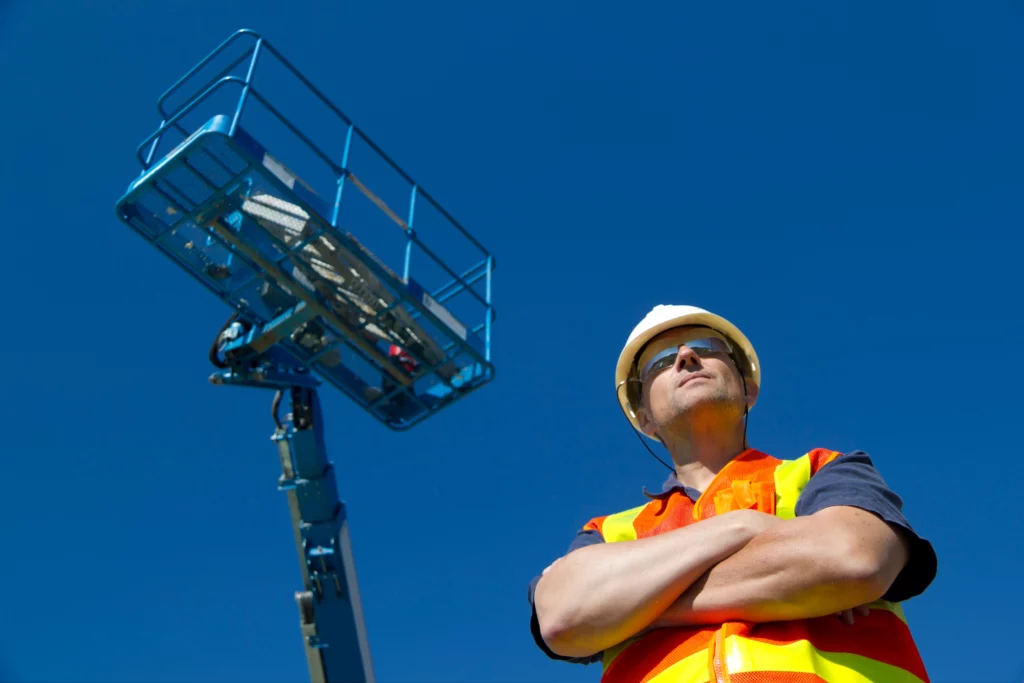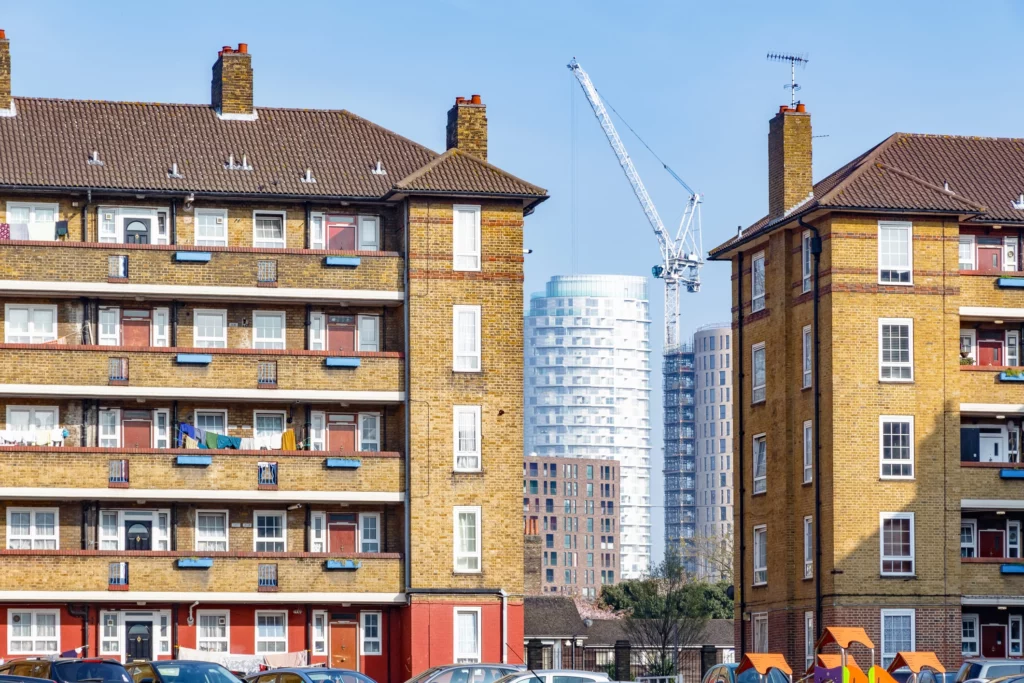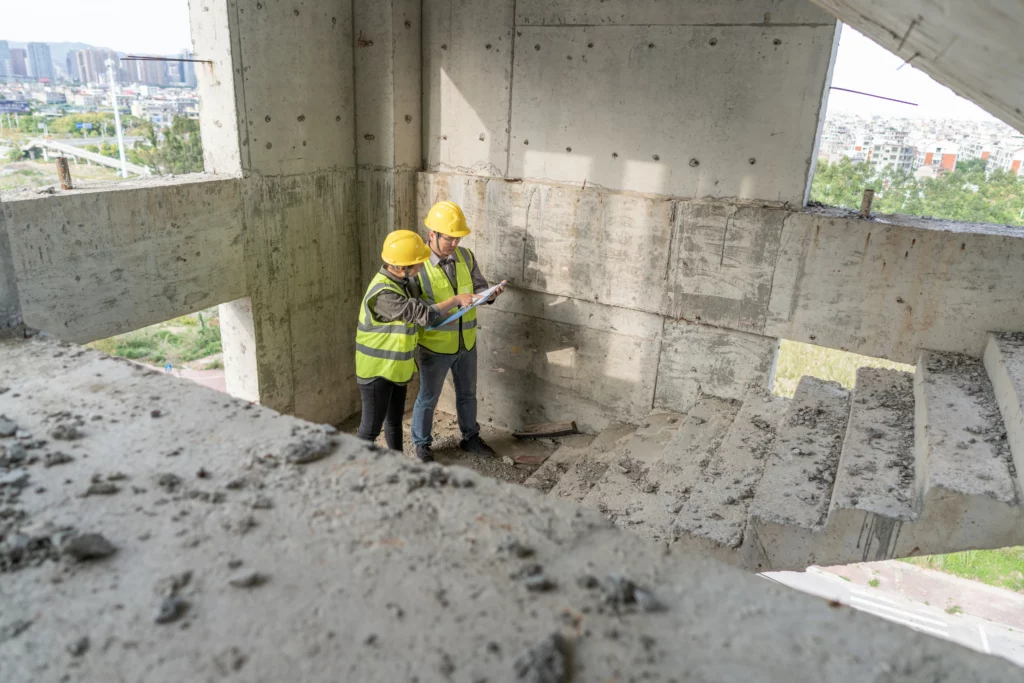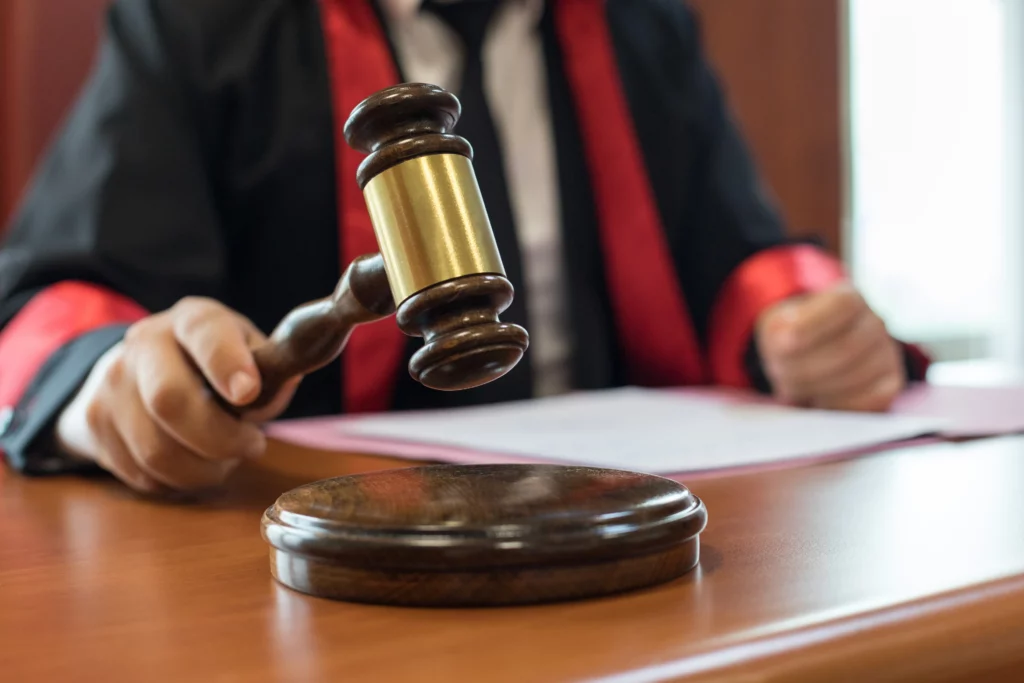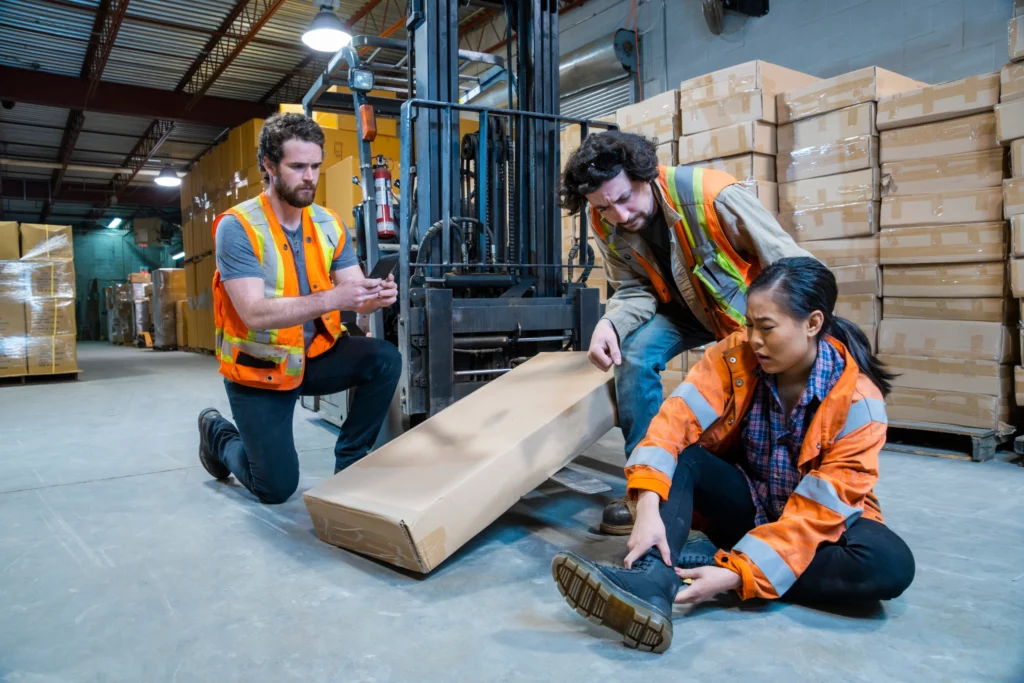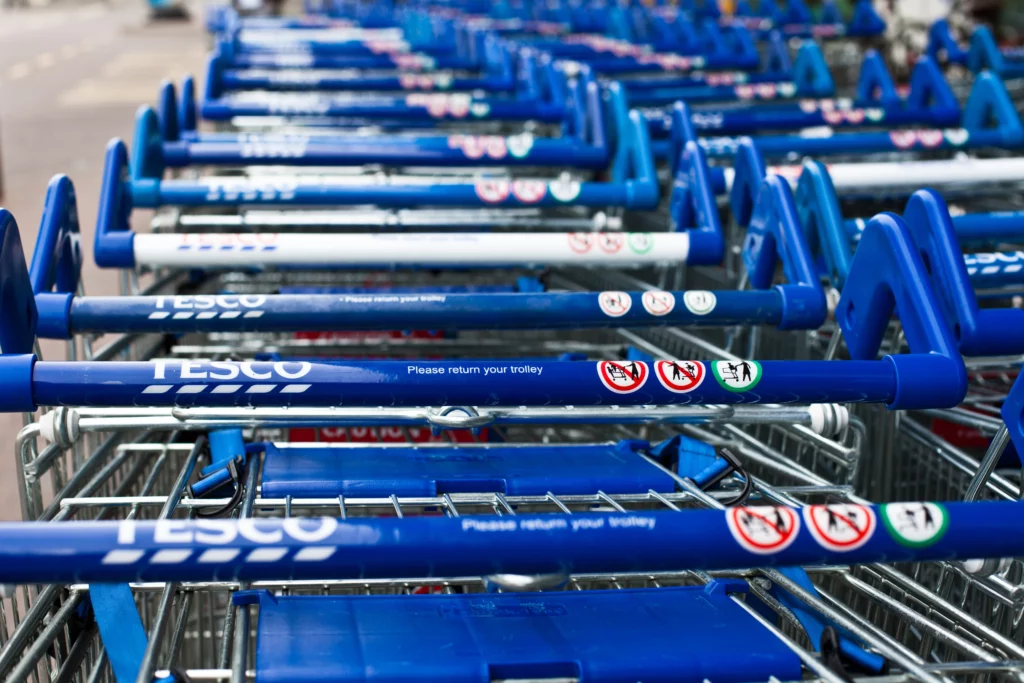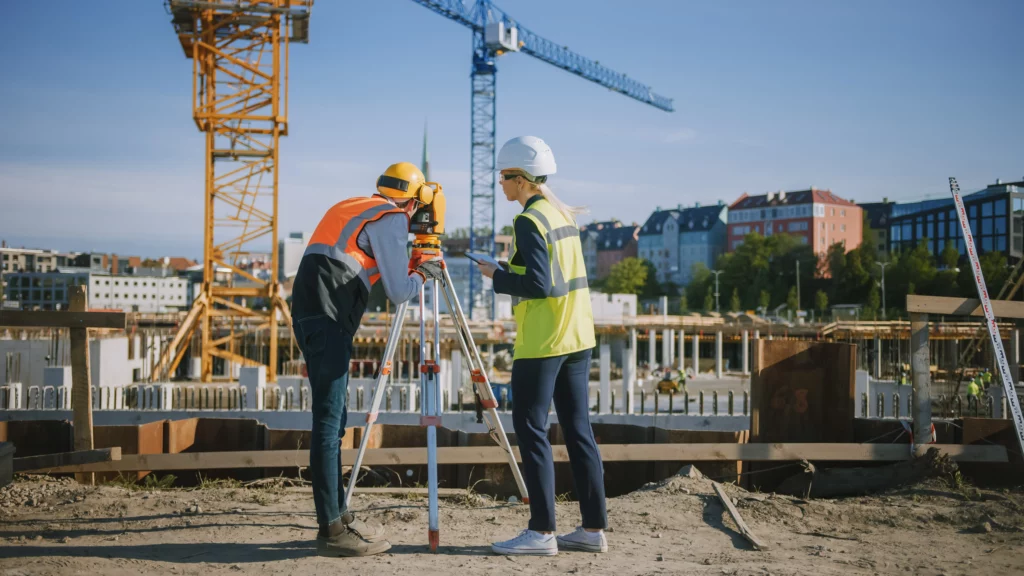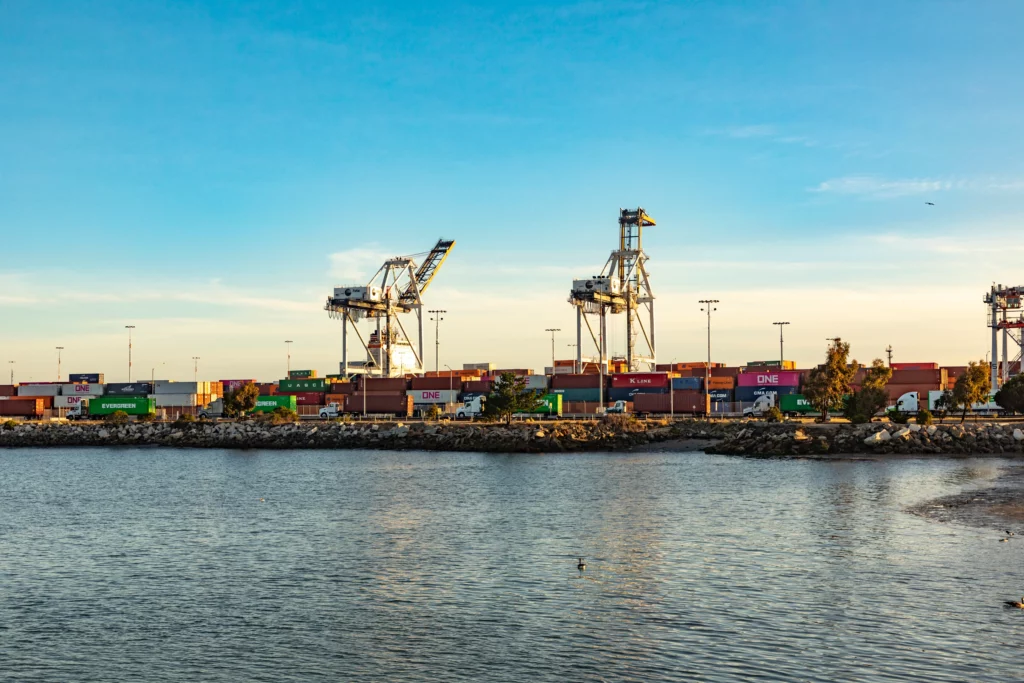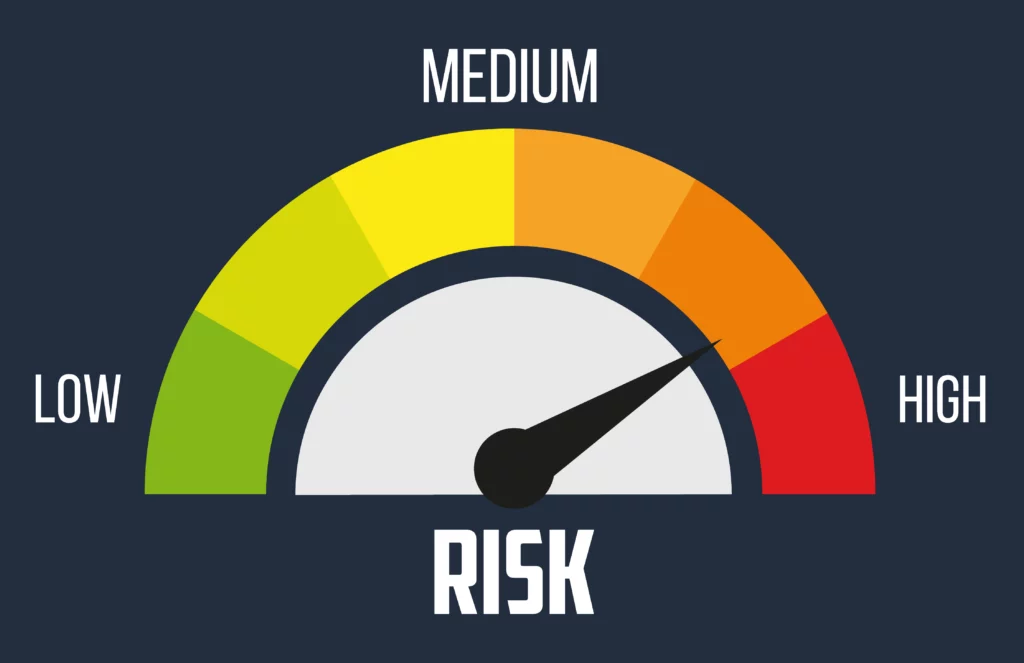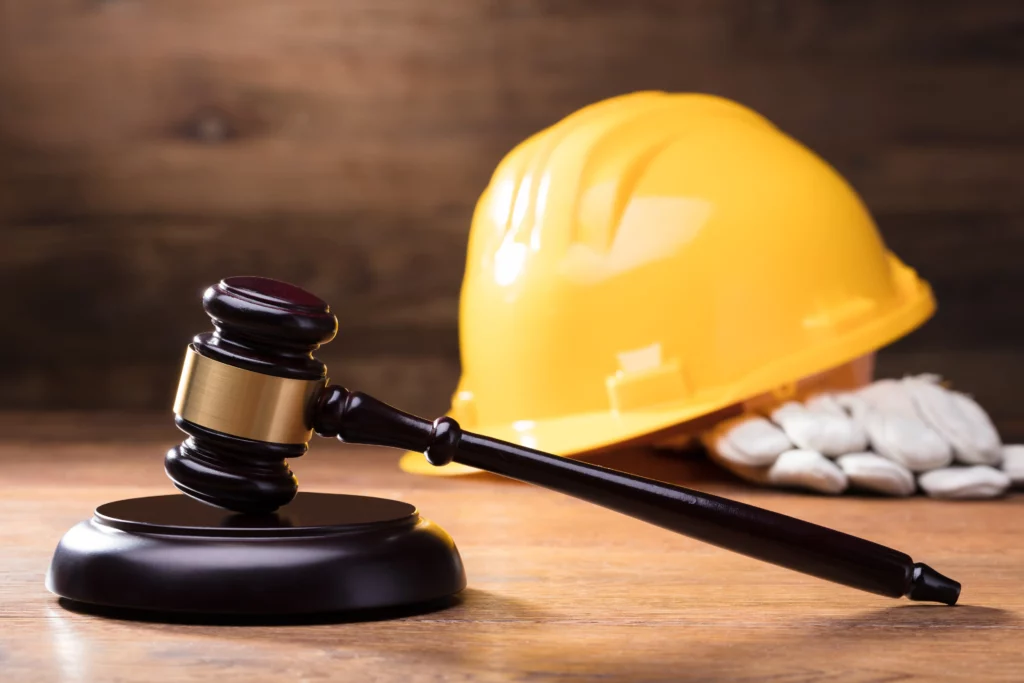It’s rare that Health and Safety Executive (HSE) and Local Authorities (LAs) just turn up out of the blue – almost all investigations are event-driven.
This usually means that there’s been a RIDDOR reportable accident and HSE is responding to it, or a whistle-blower has reported unsafe practices or an incident the organisation has failed to RIDDOR.
What do you need to think about if HSE does turn up after a serious incident or accident? This is our top ten list of suggestions:
- Make the site safe – turn off any/all equipment involved in an incident, isolate gas/electricity/water etc. supplies. Prevent unauthorised access to the scene – erect a physicbarrier and/or post a “guard”.
- First steps – collect names/details of all witnesses, note technical details of any equipment involved and photograph/note the position of controls.
- Notifications – notify your Broker or Insurer of the incident; seek legal support from your own solicitor or your Insurer’s panel firm; activate your crisis management plan.
- Engage crisis management team – ensure all roles are understood and filled if there are absences.
- Meet and greet the regulator – show officers to a meeting room, confirm their names/details, clarify the legal basis of attendance – e.g., section 20 HASWA (possible warrant – in which case examine and copy), obtain details of any information/documentation requests, offer facilities – copying, refreshments etc.
- Cooperation and managing the flow of information – copy and retain a file (physical or electronic) of all documentation/information provided to the regulator. Offer support to witnesses (HR team member or your lawyer attend during statement taking by the regulator), allocate individuals to shadow HSE and keep a detailed note of activity/actions.
- Parallel internal investigation – seek advice on legal privilege, interview all witnesses as soon as possible for a contemporaneous account of events, collate/control access to all relevant documents/information.
- Employee wellbeing – consider support (through Insurers or direct) from specialist Employee Wellbeing Providers.
- Media and crisis communications – ensure a single point of contact (per Crisis Response Plan) and seek specialist PR support if you have no in-house crisis comms expertise. REMEMBER TO TALK TO YOUR PEOPLE and keep them informed.
- Business as normal – pro-actively seek information from the regulator as to when operations may resume/partially resume or any requirements to allow it to do so.al
The key to effectively managing an external regulatory investigation of any sort is to seek a balance between cooperation with the regulator and the preservation or advancing of your position in terms of any future mitigation or defence to alleged breaches. This involves understanding the powers the regulator is exercising and their limits, and your own legal rights.
It is obviously not always straightforward, and you must be very clear NOT to obstruct or hamper an investigation – doing so can amount to separate criminal offences – but if you have a comprehensive (and tested) crisis response plan, it is entirely possible to achieve this balance and as a learned former colleague of mine used to say, “put your best foot forward”!
How can Notify help you?
Notify brings all your important data into one place, enabling timely and proactive decision making to support your operational and compliance needs. Book your demo with the team to find out how we can help your business.
See the whole blog series below:
Planning for the worst: The key components of a crisis management plan.
Entry, search and seizure: Who are the regulators and what are their powers?
Dealing with health and safety investigations
Interviews under caution – Part 1, What are they? and Part 2, Why do they matter?
Enforcement options: What can regulators do if they find a breach? – Part 1, Cautions and Part 2, Prosecution
The end game: health and safety sentencing – Part 1, Culpability and Harm and Part 2, The Pounds and the Pennies.



